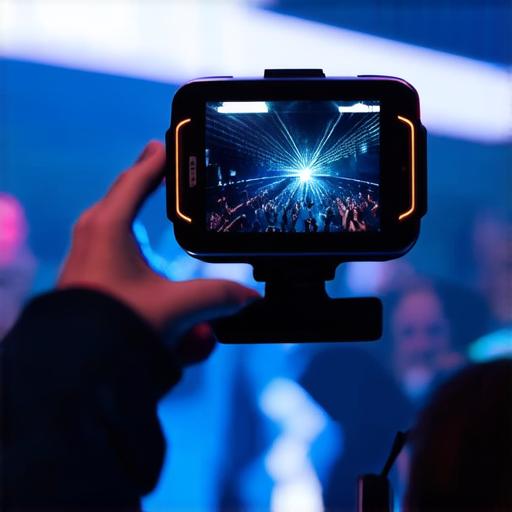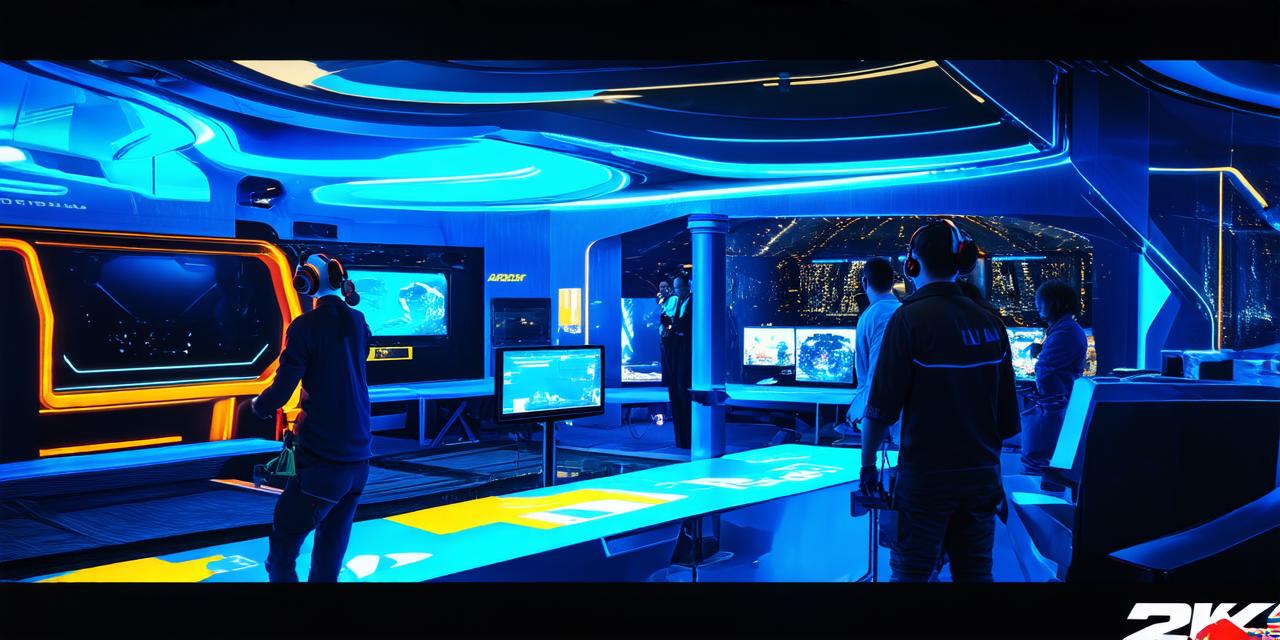AR in Event Experiences:
AR can be used to create interactive installations that respond to user actions, such as touching or pointing a device. For example, a museum might use AR to create an interactive exhibit where visitors can explore different aspects of a painting or artifact.
AR can also be used to enhance the overall experience of an event by creating virtual overlays or other digital elements that appear on top of the real world. This can include things like wayfinding signage, virtual product demonstrations, and even interactive games or puzzles.
One example of AR in events is the use of Snapchat filters at festivals and concerts. These filters allow attendees to add digital elements to their photos and videos, creating a unique and engaging experience that can be shared on social media.
Another example is the use of AR in sports and entertainment. For instance, NBA All-Star Weekend used AR to create an interactive exhibit where fans could try on jerseys and see themselves as part of the action. Similarly, Major League Soccer has partnered with AR technology company Magic Leap to create a virtual reality experience for fans at stadiums.
Benefits of AR in Event Planning:
There are several benefits to using AR in event planning. Firstly, AR can help create more immersive and engaging experiences for attendees. By blending digital content with the real world, AR can make events more interactive and memorable.
Secondly, AR can also help improve the overall experience of an event by providing attendees with relevant information and guidance. For instance, AR technology can be used to create virtual wayfinding signage that directs attendees to different areas of the event or provides additional information about a particular exhibit.
Thirdly, AR can also help brands and organizations stand out from their competitors by creating unique and memorable experiences. By leveraging the power of AR, brands can create experiences that are both engaging and shareable, helping to increase brand awareness and drive social media engagement.
Challenges of AR in Event Planning:
While there are many benefits to using AR in event planning, there are also some challenges to consider. One challenge is the cost of implementing AR technology, which can be expensive and may require specialized expertise.
Another challenge is ensuring that the AR experience is intuitive and user-friendly for attendees. AR technology can be complex, and if not implemented properly, it may be difficult for attendees to use or understand. It’s important for event planners to ensure that the AR experience is easy to navigate and that attendees are given clear instructions on how to use the technology.

Finally, there is also a risk that AR may become too overwhelming or distracting for attendees, potentially detracting from the overall experience of the event. It’s important for event planners to strike a balance between using AR to enhance the experience and not overwhelming attendees with too much information or content.
Real-Life Examples:
One real-life example of AR in events is the use of AR by the fashion industry. Fashion designers have started to incorporate AR technology into their shows and exhibits, allowing attendees to see how clothes would look on them before making a purchase. For instance, during the 2018 London Fashion Week, designers like Tom Ford and Ralph Lauren used AR to create interactive product demonstrations that allowed customers to try on virtual outfits.
Another example of AR in events is the use of AR by museums and galleries. These institutions have started to incorporate AR technology into their exhibits, allowing visitors to explore different aspects of a painting or artifact in a more interactive way. For instance, during a recent exhibit at the British Museum, visitors could use an AR app to see how a particular sculpture would look in their home.
Conclusion:
AR is transforming the way we experience events, providing attendees with more immersive and engaging experiences. By blending digital content with the real world, AR can help event planners create unique and memorable experiences that stand out from their competitors. While there are challenges to consider when implementing AR in event planning, the potential benefits make it a powerful tool for creating engaging and effective events. Whether it’s an interactive exhibit at a museum or a product demonstration at a fashion show, AR is changing the way we experience events and making them more memorable and engaging for attendees.
